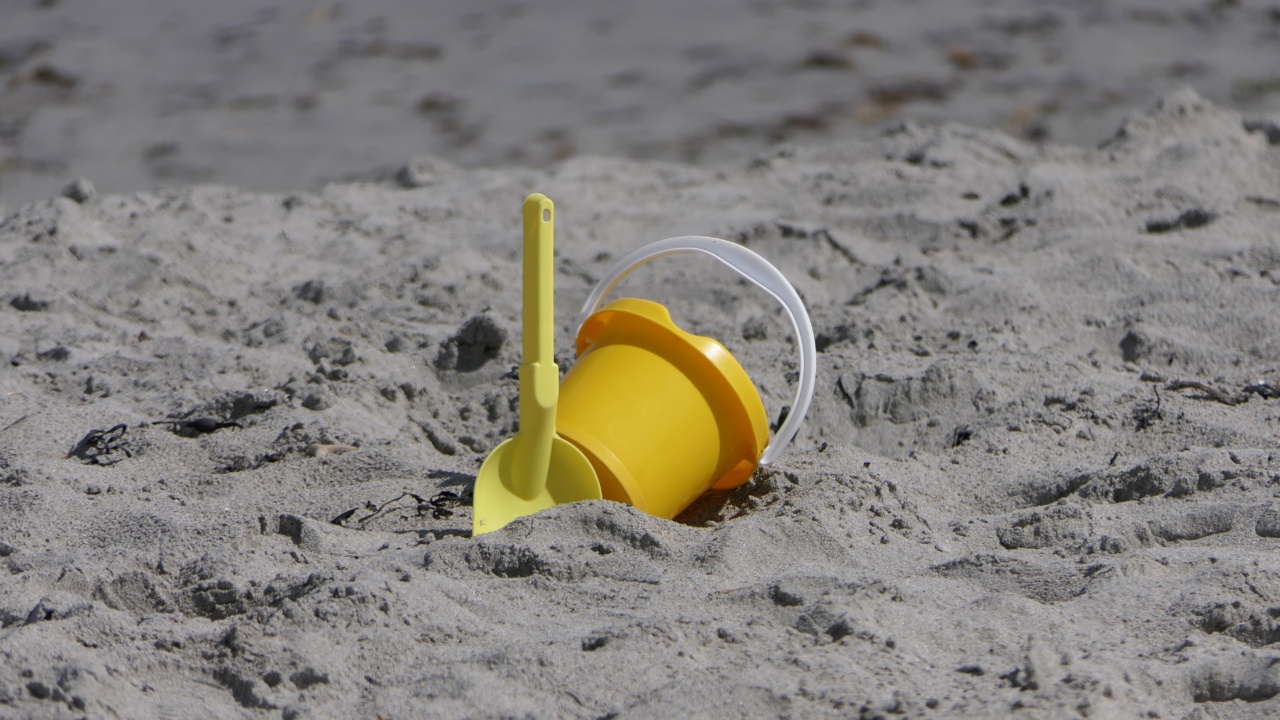Summer is a time of fun, outdoor activities, and enjoying the warmth of the sun. However, it is also a season that brings an increased risk of fungal infections.
Fungi thrive in warm and humid environments, making summer the perfect breeding ground for these pesky infections. In this article, we will discuss the common types of fungal infections that can occur during the summer months, how to identify them, and the best treatment options available.
The Most Common Types of Fungal Infections
1. Athlete’s Foot.
Athlete’s foot is a common fungal infection that affects the feet. It is characterized by redness, itchiness, and a burning sensation between the toes or on the soles of the feet.
This infection is commonly acquired in public places such as swimming pools or locker rooms where moisture and warm temperature provide the perfect environment for fungi to thrive.
2. Jock Itch.
Jock itch is a fungal infection that affects the groin area. It can cause a red, itchy rash that may blister or peel. The warm and moist environment created by sweating during summer activities can contribute to the development of jock itch.
3. Ringworm.
Ringworm, despite its name, is not caused by a worm but by a fungus. It can affect various parts of the body, including the scalp, feet, and groin. Ringworm appears as a circular, red rash with raised edges and a clear center.
Children who participate in summer camps or activities involving close contact are particularly prone to ringworm infections.
4. Nail Fungus.
Nail fungus, also known as onychomycosis, is a common fungal infection that affects the toenails and, less commonly, the fingernails. Infected nails may become thick, discolored, and brittle.
Walking barefoot around pools or in public showers can put individuals at risk of developing nail fungus.
5. Sunburn and Fungal Infections.
While sunburn is not a fungal infection, it can increase the risk of developing fungal infections. Sunburn weakens the skin’s protective barrier, making it easier for fungi to penetrate and cause infections.
It is important to take proper precautions against sunburn and address any signs of a fungal infection promptly.
Identifying Fungal Infections
Identifying a fungal infection can be tricky as the symptoms can mimic those of other skin conditions. However, there are certain characteristics that can help distinguish a fungal infection from other causes:.
1. Redness and Itchiness.
Fungal infections are often accompanied by redness and severe itching. The affected area may also feel warm to the touch.
2. Scaling and Peeling.
Fungal infections can cause the skin to become flaky, scaly, or peel. This is particularly common in athlete’s foot and jock itch.
3. Circular Rash.
Ringworm infections typically appear as a red, circular rash with raised edges and a clear center. The rash may gradually expand over time.
4. Discolored or Brittle Nails.
If you notice changes in the color, texture, or shape of your nails, it may be a sign of a fungal infection. Infected nails may turn yellowish, become thick, and easily break.
5. Persistence of Symptoms.
If your symptoms persist or worsen despite using over-the-counter remedies, it is important to seek medical attention. A healthcare professional can accurately diagnose the infection and prescribe appropriate treatments.
Treatment Options for Fungal Infections
1. Over-the-Counter Antifungal Medications.
Many fungal infections can be effectively treated with over-the-counter antifungal creams, sprays, or powders. These medications usually contain active ingredients such as clotrimazole or miconazole, which help kill the fungus and relieve symptoms.
It is important to follow the instructions provided and continue the treatment for the recommended duration, even if the symptoms improve.
2. Prescription Medications.
In some cases, a healthcare professional may prescribe stronger antifungal medications. These may be oral medications or stronger topical creams. Prescription medications are typically recommended for severe or persistent infections.
3. Good Hygiene Practices.
Practicing good hygiene can help prevent and treat fungal infections.
This includes keeping the affected area clean and dry, avoiding sharing personal items like towels or footwear, and wearing breathable, moisture-wicking fabrics to prevent excessive sweating.
4. Avoiding Irritants.
If you have a fungal infection, it is important to avoid irritants that can exacerbate the condition. This may include using gentle, fragrance-free products on the affected area and avoiding activities that may further irritate the skin.
5. Seeking Medical Advice.
If home remedies and over-the-counter treatments do not resolve the fungal infection or if the symptoms worsen, it is vital to consult a healthcare professional. They can provide a proper diagnosis and recommend the most appropriate treatment plan.
Preventing Fungal Infections
While treating fungal infections is essential, prevention is always better than cure. Here are some preventative measures to reduce the risk of fungal infections:.
1. Keep Skin Dry.
Fungi thrive in warm and moist environments. After swimming, excessive sweating, or showering, ensure that you thoroughly dry your skin, paying special attention to areas where fungi commonly grow, such as between the toes or in the groin area.
2. Wear Breathable Clothing.
Avoid tight-fitting clothes made of synthetic materials that do not allow your skin to breathe. Instead, opt for loose-fitting clothing made of natural fibers, such as cotton, which can help absorb moisture and reduce sweating.
3. Use Antifungal Powders.
If you are prone to fungal infections or have to wear closed-toe shoes for extended periods, consider using antifungal powders to help keep your feet dry and free from fungi.
4. Change Socks and Shoes Regularly.
Wearing the same socks and shoes for extended periods can create a damp environment that promotes fungal growth. It is advisable to change your socks and shoes regularly to allow them to dry completely between uses.
5. Avoid Walking Barefoot in Public Areas.
Public areas such as swimming pools, locker rooms, and communal showers can harbor fungi. Always wear flip-flops or water shoes to protect your feet from coming into direct contact with contaminated surfaces.
6. Maintain Proper Foot and Nail Hygiene.
Trim your toenails regularly, making sure to cut them straight across. Avoid cutting them too short, as it can create openings for fungal infections to enter.
Additionally, practicing good foot hygiene, such as washing your feet regularly and moisturizing with a fungal-safe foot cream, can help prevent infections.
Conclusion
Fungal infections are a common summer trouble due to the warm and humid conditions that favor fungal growth.
By being aware of the common types of fungal infections, knowing how to identify them, and following proper treatment and prevention strategies, you can enjoy a fun and itch-free summer season. Remember to consult a healthcare professional for a proper diagnosis and personalized treatment if needed.






























